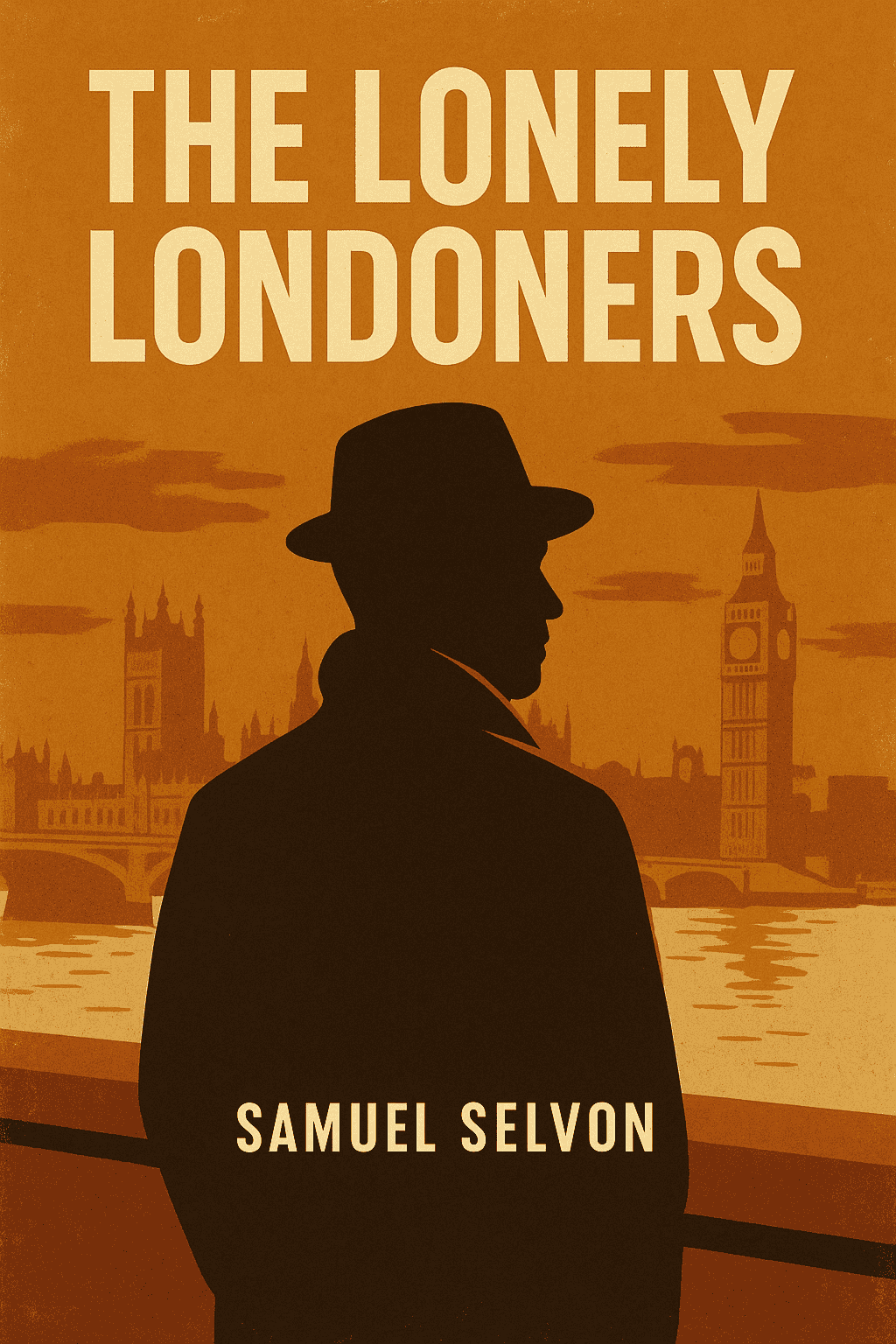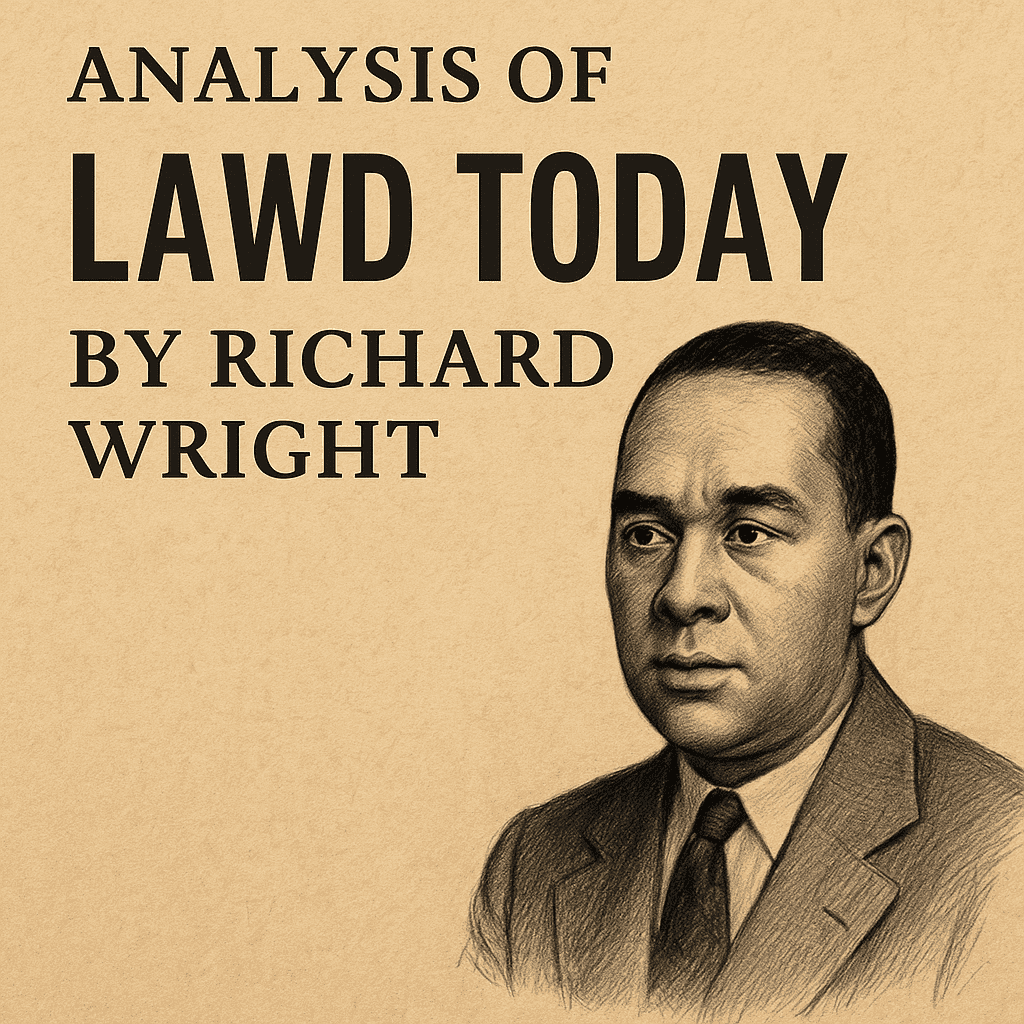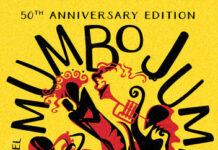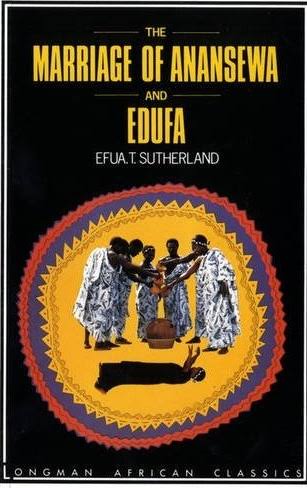🎥 We’re cooking something delicious for you on our YouTube channel. In the coming days, you will learn SSCE literature texts like you're in class 📚✍🏽
Be part of this new journey we are about to embark on.
🔔 Subscribe Now
The Lonely Londoners by Samuel Selvon (1923–1994) is a socially realistic novel set in 1950s London. It captures the lives of West Indian immigrants who arrived in Britain after World War II.
In the postwar years, Britain invited workers from its colonies to help rebuild the country, but these immigrants, mostly single men from the Caribbean, faced unexpected challenges. They struggled to find decent jobs and housing and were met with racism, social exclusion, and emotional isolation.
The Lonely Londoners gives a human face to this migration story. It follows characters like Moses, Galahad, and others as they try to find work, friendship, and a sense of belonging in a city that often sees them as outsiders. While the book is full of humor and vibrant storytelling, it also reflects deeper themes of alienation, racial discrimination, and survival. It focuses on the experiences of these first-generation Caribbean immigrants in 1950s London. Most of the characters live in small, cramped rooms scattered around West London, particularly in areas like Notting Hill, before it became a symbol of multiculturalism.
Although many immigrants lived in the same general area, it wasn’t a typical “ghetto” with a strong sense of community. Instead, the novel shows how isolation and frequent encounters with hostile white society made daily life difficult and often lonely. This situation later escalated into one of Britain’s first major race riots, in Notting Hill in 1958 (shortly after the novel was published). The title itself, The Lonely Londoners is reflective of the emotional reality of these characters, who are physically surrounded by people but emotionally isolated
At the time Selvon was writing, the experiences of black immigrants were rarely explored in British literature. Some white authors like Colin MacInnes in City of Spades wrote about black communities. It was indeed Selvon who gave an authentic voice to the early West Indian immigrants in Britain through novels like The Lonely Londoners, The Housing Lark (1965), and the short story collection Ways of Sunlight (1957). He helped bring Black British experiences into the literary mainstream.

Analysis
The Lonely Londoners by Sam Selvon tells the story of West Indian immigrants who have recently arrived in London. It captures their daily lives and struggles in a new and often unwelcoming environment.
The novel realistically portrays the harsh realities of racism, poverty, and social isolation these immigrants face. It does so with a light, humorous, and lyrical tone.
The book follows a strict storyline. It is structured in short episodes like snapshots of various characters’ lives. This structure mirrors the fragmented and uncertain nature of the immigrants’ existence in post-war Britain.
The novel is written mostly in the Caribbean English (Creole) spoken in the author’s native Trinidad. This use of dialect adds authenticity to the characters’ voices and reflects their cultural identity.
Occasionally, the narrative switches to Standard English when the author wants to highlight a character’s thoughts or emotions more deeply. Instead of making the novel harder to understand, the language gives it a rich, lively, and distinctive style that makes the immigrant experience more vivid and relatable.
The characters live in difficult conditions: discrimination from employers and landlords, poor housing, and limited job opportunities. In spite of these, they remain spirited and optimistic. They spend much of their time trying to enjoy life through social activities like partying, dressing stylishly, visiting cinemas, and dating, especially white women, which they see as a symbol of success in British society. These moments of leisure are central to the novel and express their attempts to find happiness in a society that often excludes them.
Many of the characters work night shifts or are unemployed, which gives them plenty of idle time. They spend this time “liming” (a Caribbean term for casually hanging out). This laid-back lifestyle contrasts with their dreams of success and acceptance in England. Even when they explore famous places like Piccadilly Circus or Hyde Park, they remain outsiders, never fully part of the London life they admire.
The characters’ habit of shortening neighbourhood names (calling Bayswater “the Water,” Notting Hill Gate “the Gate,” and Ladbroke Grove “the Grove”) shows their effort to make London feel like home. But this effort remains superficial, and the title The Lonely Londoners is a pointer to how they remain isolated and never truly become part of British society.

Characters in The Lonely Londoners
The characters in The Lonely Londoners are Moses Aloetta, Henry Oliver, Captain, Tolroy and several others.
Moses Aloetta
Moses Aloetta is a Trinidadian immigrant. He is a factory worker who acts as a father figure to new Caribbean immigrants. He is reflective, weary, caring, deeply aware of the immigrant struggle.
Moses is the central moral anchor of the novel. Having lived in London for over ten years, he has become a sort of “elder statesman” of the West Indian community.
He is always helping newcomers, like Sir Galahad, find their footing in the cold, confusing world of post-war London.
After years in London, Moses has not achieved the better life he once dreamed of. Though he often helps others, Moses feels deeply disconnected and isolated himself.
Moses is the most introspective character in the novel, and his thoughts offer readers insight into the emotional weight of displacement.
Henry Oliver (Sir Galahad)
Henry Oliver is a Trinidadian immigrant. He is a factory worker. He is nicknamed “Sir Galahad” after the noble knight in Arthurian legend.
Galahad is one of the younger and more optimistic immigrants. He is eager to assimilate into British society. He changes his accent, dresses stylishly, and seeks acceptance. However, he soon discovers that racism and rejection stand in his way, no matter how hard he tries to fit in.
In a powerful scene, Galahad’s anger at a white pigeon becomes a symbol of his frustration with racism.
Like many of the men, Galahad is driven by pride, appearance, and romantic pursuits, which are shaped by deeper needs for respect and validation.
Captain (Cap)
Captain is a Nigerian immigrant nicknamed “Cap”. Cap stands out as the most unpredictable and self-serving character. Though Nigerian (unlike the Caribbean background of most others), he’s accepted in the group. Cap is known for borrowing money and never paying it back, and for always finding new ways to hustle and live off others.
Cap’s life is a constant hustle. He represents those who survive by being cunning, not hardworking.
Tolroy
Tolroy is a Jamaican immigrant and a factory worker.
Tolroy represents the immigrant burden of family responsibility. Unlike some of the single men in the group, Tolroy suddenly has to care for his newly arrived relatives, including his mother and aunt (Tanty). This adds pressure and stress to his already difficult life in London.
Tanty
Tanty is a Jamaican immigrant. She is Tolroy’s aunt. Tanty is one of the few female characters in the novel, and her presence adds richness and contrast to the male-dominated narrative. She brings Caribbean culture and domestic strength into the harsh environment of London. She is fearless, doesn’t take orders from anyone, and insists on living her life on her own terms.
Tanty holds tightly to her Jamaican ways. She resists British expectations and maintains a strong Caribbean presence.
Harris
Harris is a West Indian who tries hard to blend into British high society. He is formal, showy, pretentious.
Harris hosts parties that imitate English upper-class traditions, with rules about proper dress and manners. He represents the pressure some immigrants feel to “act British” to gain respect.
However, his efforts often come off as exaggerated and even fake, exposing the awkwardness of trying to force assimilation.
Five Past Twelve
Five Past Twelve is a Barbadian man with a very dark complexion (his nickname refers to his skin tone). He is quiet and laid-back.
He smokes marijuana at a party, but otherwise lives a simple life.
His character, along with others who bet on football pools or attend fetes, shows that many immigrants lived harmless, modest lives. They defy stereotypes of black people as criminals or troublemakers.
Dolly
Dolly is a white woman Galahad dates. She represents the complexity of race relations in London. Her date with Galahad highlights cultural misunderstandings and different expectations. Their interaction shows how difficult it is for immigrants to form equal relationships across racial lines.

Themes in The Lonely Londoners
The themes in the novel include loneliness, brotherhood, racism, and disillusionment.
Theme of Loneliness
Although London is a large and busy city, Selvon’s characters often experience intense emotional isolation. They live in cramped housing, do low-paying jobs, and rarely interact meaningfully with the native British population.
This loneliness is also cultural and psychological. The men are cut off from their families back home in the Caribbean and excluded from British society. This leads to a deep sense of being in-between worlds.
In the novel, Moses reflects on how empty his life has become. Despite years in London, he feels no sense of belonging.
Similarly, characters like Galahad and Big City appear confident and full of life, but beneath the surface, they too are emotionally isolated.
The immigrants tend to gather mostly with each other because they are marginalised elsewhere. These gatherings help them cope with their solitude, but never fully remove it.
Theme of Brotherhood
Even though the characters are lonely, they still manage to form a fragile but vital brotherhood. There’s no single hero in the story. Each man contributes to the group’s collective identity. Their shared struggles with racism, poverty, and alienation bind them together into a kind of chosen family.
The men gather regularly to share meals, play cards, tell stories, and reminisce about home. Moses, in particular, plays the role of an older brother or guide. He often helps newcomers like Galahad get settled and find work or accommodation.
Even characters like Cap, who often takes advantage of others, are not completely rejected. This shows a kind of non-judgmental brotherhood that binds the men. Their bond is strong because they all understand one another’s struggles better than anyone else.
Theme of Racism
One of the most powerful themes in the novel is the constant racial discrimination faced by the characters. This racism is both blatant and subtle: from being denied housing and jobs to being treated suspiciously in public places. It shapes every aspect of the immigrants’ lives and limits their opportunities in British society.
In a symbolic moment, Galahad curses a white pigeon in the park, using the moment to vent his anger at being treated like dirt because of the color of his skin.
Relatedly, the pursuit of white women by some of the men, such as Cap, is a way to try and cross the invisible racial boundary. If a black man can date a white woman, it’s seen as a form of success or rebellion against racist norms.
Many landlords refuse to rent to black tenants, and employers offer only the lowest-paying jobs, regardless of qualifications.
Selvon uses these examples to expose how deep-rooted and systemic racism is in post-war London. Even when immigrants try to fit in or work hard, society pushes them to the margins.
Absence of Plot as a Theme of Futility
Unlike most novels that follow a clear storyline with a main character reaching a goal, The Lonely Londoners intentionally avoids a traditional plot. There’s no central hero, no beginning-middle-end structure. This reflects how the characters’ lives are stuck in cycles. Days blur into weeks, years pass, and nothing truly changes.
Moses demonstrates this cycle. He is in exactly the same position as when he first arrived ten years before. He is still in a low-income job, still living in a poor neighbourhood, still isolated.
Also, the repetition of scenes—social gatherings, struggles for work, small hustles—highlights how the characters move in circles, not forward.
Theme of Disillusionment
Disillusionment is one of the most powerful emotional currents in The Lonely Londoners. Many of the Caribbean immigrants arrive in London with high hopes: dreams of opportunity, prosperity, and acceptance. They believe that life in the “Mother Country” will be better than the hardship they left behind. But the reality of post-war London is very different: cold weather, racism, menial jobs, and emotional isolation.
This is instantiated by some of the characters in the text. Moses is the clearest voice of disillusionment. After over ten years in London, he admits to himself that life has not turned out as he had hoped. His inner reflections often carry a tone of quiet bitterness and resignation.
Another character who embodies disillusionment is Galahad. He initially arrives with enthusiasm but becomes frustrated as he experiences racial prejudice and social rejection. His symbolic scene with the white pigeon shows his deep inner turmoil.
Similarly, Tolroy is burdened when his family unexpectedly joins him. His hopeful journey turns into a heavier responsibility than expected.
The theme of disillusionment challenges the romanticised idea that migration automatically brings a better life. Selvon shows that physical relocation does not guarantee emotional or economic satisfaction.
Theme of Struggle
Struggle is the day-to-day reality of the immigrants in The Lonely Londoners. The characters are constantly trying to secure food, shelter, jobs, and dignity. They are engaged in a never-ending hustle, where even survival is not guaranteed. There are no easy victories, and almost every gain is temporary.
There is Moses, who despite being in London for over a decade, still lives in poor conditions and works in a low-paying job. His life hasn’t improved much since he arrived. Cap too lives by hustling others and dodging rent. The men often share lodging, skip meals, or live off the charity of one another.
The novel portrays the economic, emotional, and social hardships of West Indian migrants. Their struggle is invisible to the larger British society, but very real and defining for them. It paints an honest portrait of post-war immigration as a life of hardship.
Theme of Identity
The immigrants in the novel wrestle with their sense of self. They are caught between the culture of their Caribbean homeland and the expectations of British society. Many try to change their accents, clothing, or behaviour to fit in. Others hold tightly to their original identity as a source of pride.
Galahad, for example, tries to assimilate by adjusting his accent and dressing smartly, but he still faces racism. Harris too organises formal British-style parties in an attempt to blend into white society.
It is only characters like Tanty who refuse to change and instead preserve Caribbean customs and values, especially in how they speak and relate to others.
No matter how much the characters adapt, they are still treated as outsiders. Their struggle with identity becomes a quiet inner conflict between the desire to belong and the fear of losing their roots.
Receive Literary Updates through our Social Media Channels:
- WhatsApp: Literature PADI
- Telegram: Literature PADI
- YouTube: @literaturepadi
- Facebook: Literature PADI








